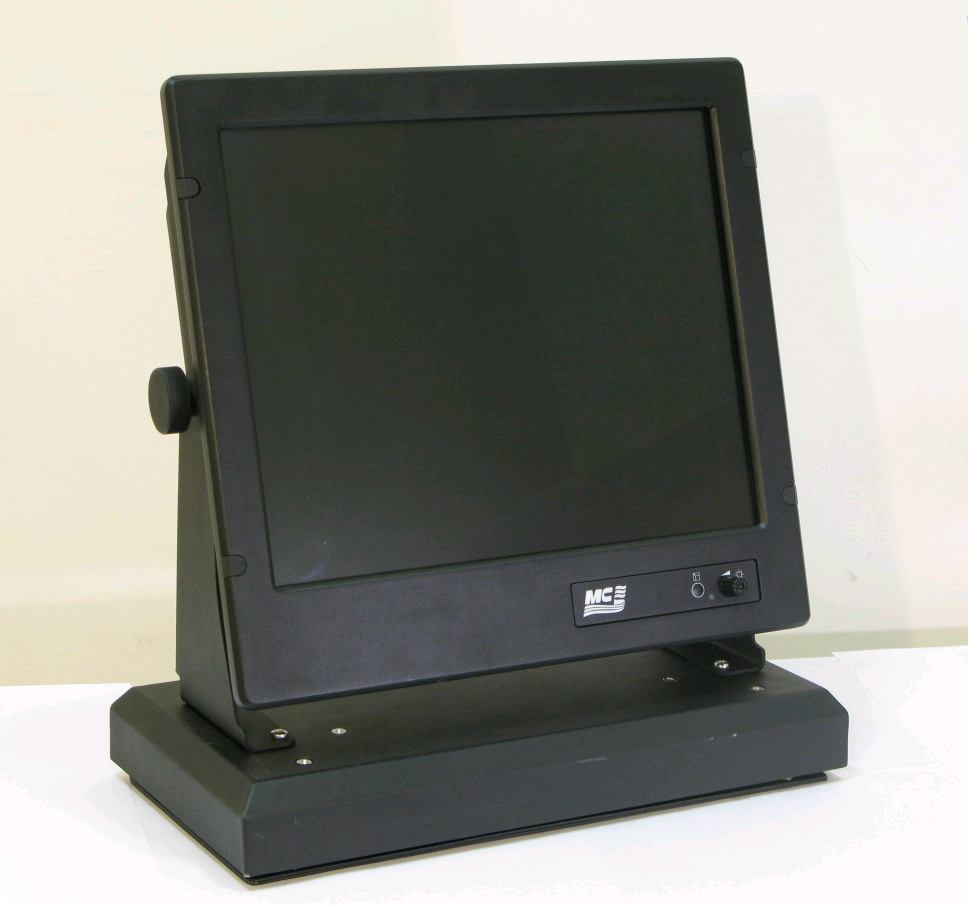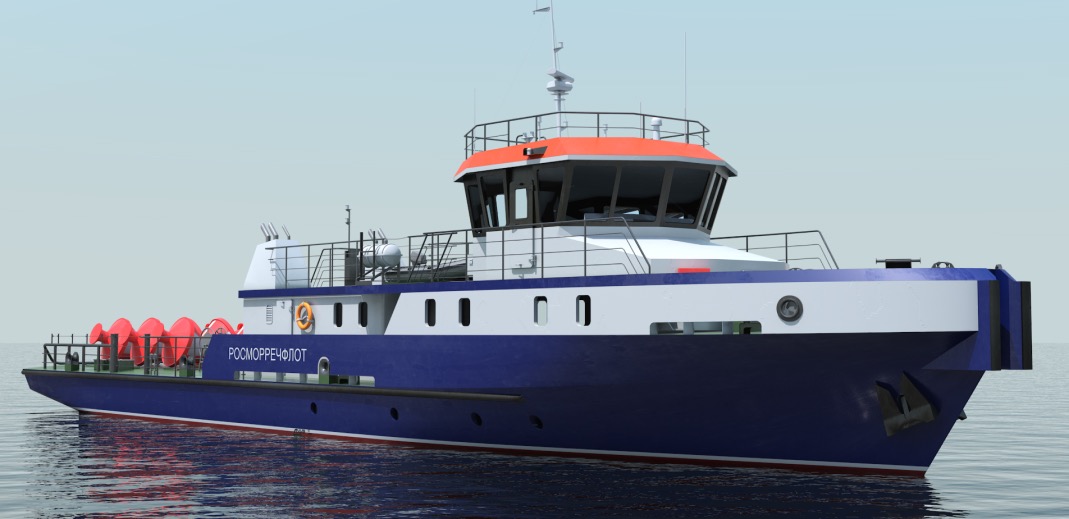Ice Vision Radar Ice Display
- 2020 год
Ice Vision makes it possible to significantly extend the possibilities of ship’s navigation and plotting of optimum routes when sailing in harsh ice conditions and restricted conditions of rocky islets and fjords due to enhanced quality, definition, and resolution of a radar image (RMRS Type Approval Certificate).
Ice Vision is designed for high-quality visualization of ice conditions in radar coverage areas installed on a ship, shore, drilling platform, and other objects.
Radar ice display connects to a radar, provides an image on a monitor in real-time mode and creates a records archive. Ice conditions can be easily decrypted by a navigator allowing to identify the parameters of small gaps and broken channels and define an optimum route by recommendations from the center for scientific and operational support of ice navigation (typical connection diagram is given in figure 1).
Multilevel processing of a radar image ensures:
- Contrast enhancement;
- Improvement of radar image quality, definition, and resolution;
- Identification of moving objects among fixed ones;
- Enlargement of small objects’ detection range.

The tests performed aboard nuclear icebreaker have shown that IceVision allows carrying out online monitoring of ice conditions and high-quality sea ice visualization.
The interdepartmental commission has come to the conclusion that this product in combination with mm-wave radar is an extremely useful tool that facilitates operation in the North and allows significant extending of possibilities for ship’s navigation and plotting of optimum routes when sailing in solid ice. The best results were obtained in combination with a high-resolution mm-wave radar.
Main application areas:
- Short-range (5-10 nM) monitoring of ice conditions aboard icebreakers and transport ships with icebreaking capabilities;
- Ice escort registration;
- Creation of atlas map for ice features radar images;
Additional features:
- Using as additional information layer of navigation charts, satellite radar and optical images, ice charts of State Institution Arctic and Antarctic Research Institute;
- Target environment formation;
- Evaluation of local ice shifting;
- Addressing computational tasks.
Mating interfaces:
- Mating with radar provides for using VIDEO, SYNCHRO, BEAR and HEAD signals;
- Mating with navigation sensors via interfaces RS-422, RS-485, and Ethernet.
- Technical Specifications:
- VIDEO signal voltage range is 0-3.5 V of any polarity;
- VIDEO signal input impedance is 50/75 Ohm or 1000 Ohm;
- Range of synchronization pulses – 2-25 V of any polarity;
- Number of processed pulses of antenna direction – 90, 128, 180, 256, 360, 400, 450, 1024, 2048 or 4096 pulses/revolution;
- AD converter clock frequency – 40/80 MHz;
- AD converter capacity – up to 8;
- Distance readings – 4096;
- Angular readings – 4096;
- Antenna rotation speed – up to 60 rpm;
- Minimal evaluation range – depending on the radar dead area;
- Maximum range of ice evaluation – 5-8 miles (ice visibility range);
- Maximum coverage area – up to 200 miles (depends on hardware capabilities).
There are two editions of marine computers: KMI MKS-1.4 and KMI MKS-4.1. Their descriptions and detailed specifications are given below.
1) KMI MKS-1.4 is intended for operation on ships, boats, and other vessels of maritime fleet both as an independent information and control device and as a part of ship automation, information, control, navigation, and radio communication systems
KMI is supplied in three designs:
- desktop;
- bulkhead-mounted;
- built in integration panel.

Screen size, CPU frequency, RAM and hard disk volume, number of input/output ports are varied as per the customer’s request.
KMI MKS-1.4 complies with GOST RV 20.39.304-98 requirements for design categories 2.2.1, and ensures an IP22 protection or higher. Front protection is IP65 or higher.
KMI MKS-1.4 is based on an industrial single-board computer.
The required performance is provided by installation of additional modules of the PC104/PC1G4+ standard.
Anti-vibration protection can be provided by installation of KMI unit on spiral-rope vibration dampers of the STVR type.
2) Marine computer MKS-4.1 is intended for operation as a PC system unit both on ships and in onshore facilities.
When used in onshore facilities, it is not equipped with STVR and can be installed into standard 19″ server rack. The PC provides high computational performance, including a highly efficient graphics subsystem. MKS-4.1 is recommended for use as a computing device for radar data processing.
MKS-4.1 can be used with various types of input/output and display devices.
Other news

request
![]()
